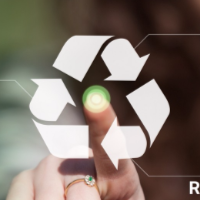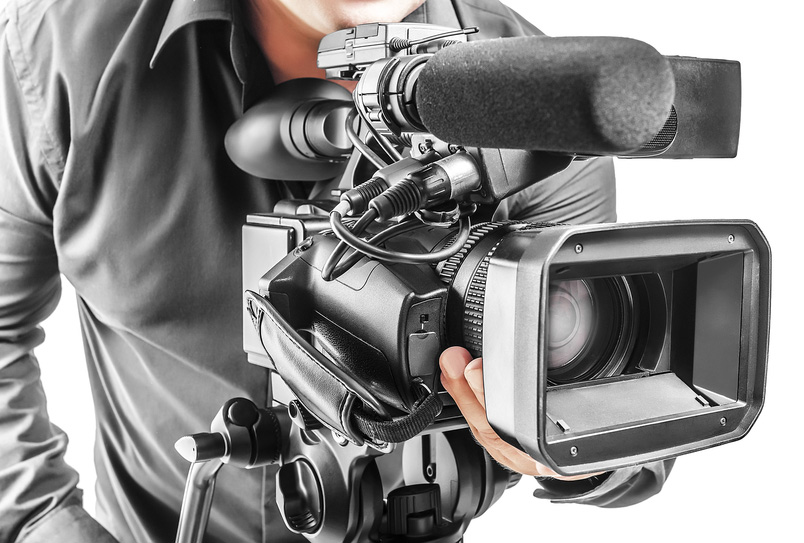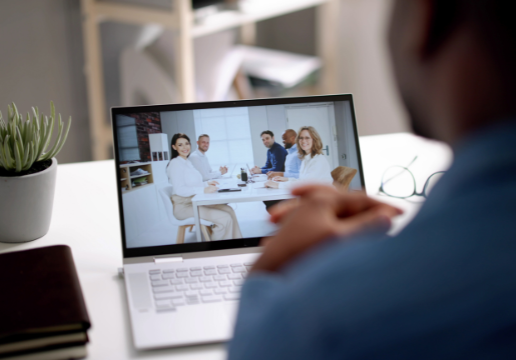How Legal Videography Can Enhance Your Legal Method
In the evolving landscape of lawful method, the assimilation of lawful videography emerges as a substantial tool that can enhance a legal strategy. As we explore the subtleties of this practice, the inquiry occurs: how can lawful videography redefine the way situations are offered and perceived in the courtroom?
Benefits of Lawful Videography

Legal videography provides considerable benefits in the lawsuits process, improving the total effectiveness of legal method. Among the main benefits is the capacity to develop an aesthetic document of proceedings, which functions as a powerful tool for offering proof in court. This aesthetic documentation can record subtleties that may be ignored in written transcripts, supplying a much more comprehensive understanding of the instance.
In addition, lawful videography assists in the preservation of witness statements and depositions, guaranteeing that important statements are preserved in their initial context. This is specifically useful in situations where witnesses might become unavailable as a result of unexpected scenarios, as it safeguards the integrity of their statements.
Moreover, the use of top notch video can significantly enhance the engagement of juries and judges. Visual components usually reverberate better than message alone, making it easier for attorneys to share complex disagreements and narratives.
Moreover, videography can aid in the advancement of instance strategy, allowing attorneys to assess documented products and refine their approaches. Inevitably, these advantages underscore the integral role that legal videography plays in modern-day lawsuits, enhancing outcomes and enhancing the effectiveness of lawful procedures.
Enhancing Witness Testimonies
Capturing witness testaments on video clip not only maintains the authenticity of their accounts but also enhances the effect of their statements during legal proceedings. Video paperwork permits jurors and judges to view the subtleties of a witness's demeanor, body language, and emotional expressions, which can be crucial in evaluating reliability and reliability.
In addition, the aesthetic aspect of videography can produce an extra engaging story, permitting the court to connect with the statement on a personal level. This connection can significantly influence their understanding and retention of the info presented.
Lawful videography likewise offers to lessen the capacity for misconception or miscommunication that can accompany created transcripts alone. By supplying a clear and straight portrayal of the witness's account, it decreases obscurity and makes certain that the statement is shared as meant.

Capturing Depositions Effectively
Reliable deposition recording is a vital component of the lawsuits procedure, matching the enhanced witness testaments discussed formerly. The key objective of capturing depositions is to produce an exact and trusted record that can be utilized throughout the lawful proceedings. To achieve this, legal videographers have to employ high-grade equipment and strategies that make sure clarity in both sound and visual elements.
A well-executed deposition needs mindful planning and coordination. Additionally, choosing a proper backdrop and making sure that all individuals are mounted appropriately can boost the professionalism and trust of the recording.
Throughout the deposition, it is important to maintain a neutral temperament, enabling witnesses to reveal their testaments without disturbance - legal videography. Catching non-verbal cues, such as body movement and face expressions, includes deepness to the taped testimony, supplying indispensable context for later evaluation. Inevitably, page reliable deposition catching not only reinforces the legal approach but likewise works as an effective device for providing an engaging story in the courtroom
Offering Proof in Court
In the court room, the presentation of evidence plays a pivotal function in forming the narrative of a case. Legal videography enhances this process by offering a vibrant and engaging ways of presenting crucial proof, particularly with depositions and witness statements. Top notch video clip recordings allow jurors to observe not only the web content of the statement but likewise the demeanor, tone, and body language of the witnesses. This multi-dimensional strategy can considerably impact the jury's understanding of trustworthiness and reliability.
Furthermore, using lawful videography makes certain that the proof is presented continually and precisely, minimizing the risk of misconception that can occur with conventional approaches. Jurors can revisit video clip evidence throughout deliberations, allowing them to engage even more deeply with the product. Furthermore, legal videography can assist in highlighting intricate circumstances or technical information, making it much more available to the court.
Improving Court Engagement
Through the critical use legal videography, lawyers can significantly enhance court engagement throughout tests. Visual narration functions as a powerful tool to capture the jury's interest and convey intricate information in an obtainable manner. By integrating video clip evidence, attorneys can create a more immersive you can try here experience that reverberates Recommended Reading with jurors, assisting in far better understanding of the instance.
Lawful videography can display witness testimonies and expert analyses in a compelling format, allowing jurors to connect psychologically with the stories offered. This link promotes a sense of involvement and investment in the process, which can ultimately influence their perceptions and choices. Additionally, video evidence can streamline detailed information, making it much easier for jurors to maintain important info.

Verdict
In final thought, legal videography serves as a crucial device in the lawful procedure, enhancing the overall effectiveness of legal strategies. The combination of videography into legal practice is therefore both beneficial and calculated.
Comments on “Legal Videography: Enhancing Communication Between Lawyers and Clients”